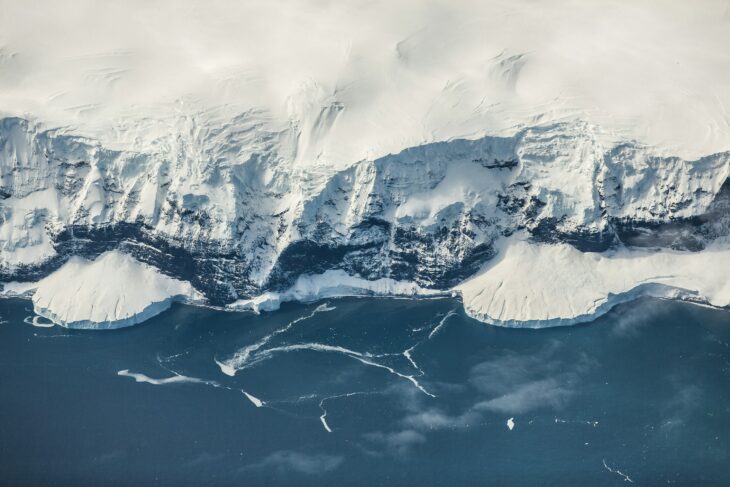Microbes live in every corner of our planet. They can survive high pressures miles below Earth’s crust, withstand the scalding temperatures of hot springs, and live without oxygen on the seafloor. Microbes that live in extreme conditions are called extremophiles. They have adapted to their unique environments through centuries of evolution. Today, microbes are facing new conditions as climate change alters global temperatures and weather patterns.
Scientists want to know what conditions cause microbial populations to grow or shrink, since they impact the diets, habitats, and disease resistance of larger organisms. Many researchers have attempted to predict microbial responses to increasing temperatures or rainfall by creating artificial conditions in a laboratory. However, scientists are concerned that short-term experiments may not capture the long-term evolutionary processes that microbes experience over years or decades.
Researchers at the University of Alicante in Spain and the Alfred Wegener Institute in Germany have developed a new method to access the genetic information of centuries-old microbes preserved beneath Antarctic ice sheets. Ice layers that form beneath Antarctic ice shelves trap microbes without liquid water or gas, which stops them from growing. The researchers hypothesized that these preserved microbes could “open a time window” into how microbes today have evolved under changing environmental conditions.
The researchers accessed these ancient microbes from a long cylinder of frozen seawater, called an ice core. They used an ice core collected from below the Filchner-Ronne Ice Shelf in Antarctica. The researchers estimated the age of the ice core using ice-flow model calculations and determined that the ice is about 300 years old. This age means that the microbes within the ice core were living in the 17th century, before the invention of fossil fuels and large-scale industries.
To determine which microbes were abundant, the team took about 1 milliliter of melted ice from the core to image the microbes and extract their DNA. They tested different methods of extracting DNA from the samples in the lab and found that very little microbial DNA was preserved. To overcome this challenge, they used a specific technique designed to capture very small amounts of DNA, like what is usually found within a single cell. Typical DNA extraction techniques filter the DNA to amplify only specific sections, but this technique amplifies all the DNA in a sample to maximize the usable amount.
Using this new technique, they successfully extracted microbial DNA from their ice core samples, then assembled it into a metagenome. When they analyzed the metagenome, the researchers identified marine microbes like Actinomarinales and Nitrosopumilus.
The team hoped to learn what these preserved microbes had been using as energy sources, so they dug deeper into the data to analyze individual genes. They found that one of the Nitrosopumilus species had a gene that enabled it to use nitrogen compounds for energy, called amoA. They looked at how the amoA gene has evolved by comparing the amoA gene in the 300-year-old Nitrosopumilus species to the amoA gene in a Nitrosopumilus species collected from Antarctic seawater in 2017. They used a computational method to identify variations at single DNA base pair positions in the amoA genes, known as single nucleotide polymorphisms.
The team found that 2.8 DNA base pairs per 100 positions changed every 100 years, suggesting that the amoA gene has evolved over the past 300 years. The researchers couldn’t determine whether the gene evolved steadily over this period or if the gene’s evolution has accelerated recently due to industrial activity. However, they’re confident that scientists can use their method on ice cores from different periods to further understand how climate change has affected microbes.
The researchers concluded that genetic information from Antarctic marine ice can be extracted and used to study microbial evolution. They recommended that future researchers collect additional ice cores in Antarctica and study microbial evolution in the ice to understand how human activity has shaped microbial populations over time.


